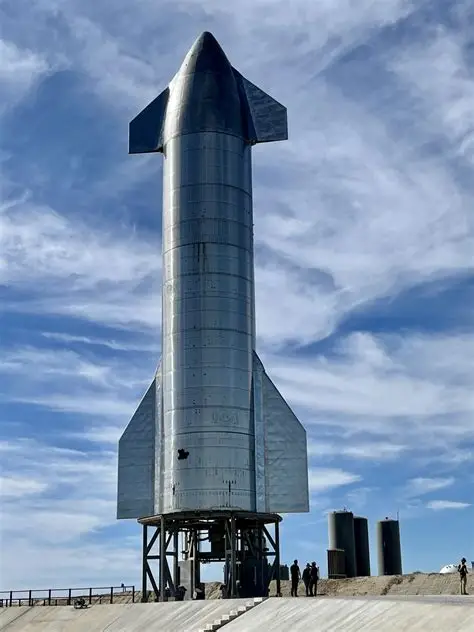SpaceX’s Starship megarocket finally roared into the skies on Tuesday evening after two aborted attempts earlier in the week, marking a major step forward for the spacecraft that underpins Elon Musk’s ambitions of reaching Mars and aiding Nasa’s return to the moon.
The 403ft (123-metre) stainless steel rocket lifted off from the company’s Starbase site in southern Texas at 6.30pm local time (11.30pm GMT), drawing cheers from SpaceX engineers as it ascended. It was the tenth test of the vehicle and the first in which several new technologies were successfully trialled.
In a significant milestone, Starship’s upper stage separated cleanly from its 232ft Super Heavy booster. Unlike earlier tests where the booster attempted a landing back at the launch tower, Tuesday’s mission directed it towards the Gulf of Mexico to trial a different engine configuration.
Moments later, the rocket deployed mock Starlink satellites using its new “Pez”-style dispenser, a system that had either been postponed or failed in previous flights. The upper stage then endured the searing heat of re-entry before splashing down safely in the Indian Ocean, surviving a phase of flight that had destroyed earlier prototypes.
The mission’s primary objectives included testing new heat shield tiles and evaluating satellite deployment, along with hundreds of other upgrades to the rocket’s systems. SpaceX said the Super Heavy booster was not recovered because it was used instead for experiments designed to gather data on “future flight profiles and off-nominal scenarios”.
Starship is the most powerful launch vehicle ever built and has faced a series of high-profile failures during its development. Its success on Tuesday is expected to ease some of the doubts surrounding the rocket’s ability to deliver on its ambitious goals.



